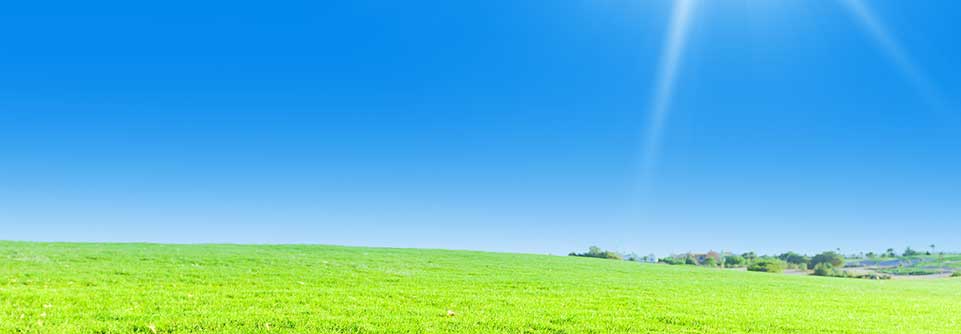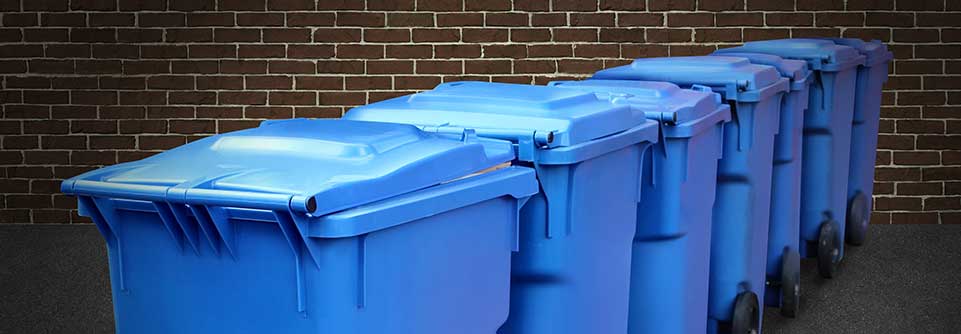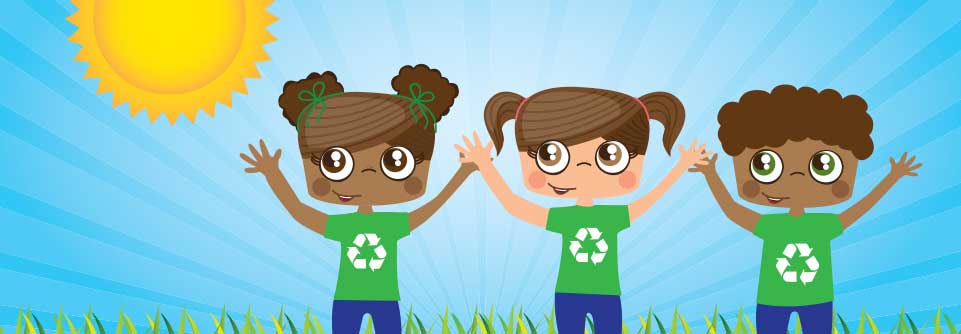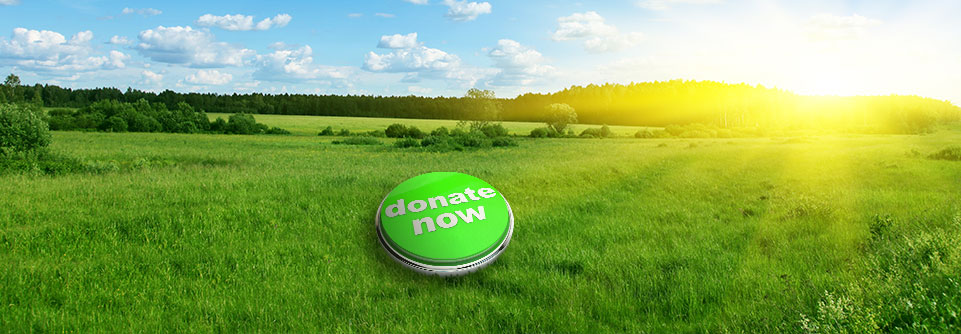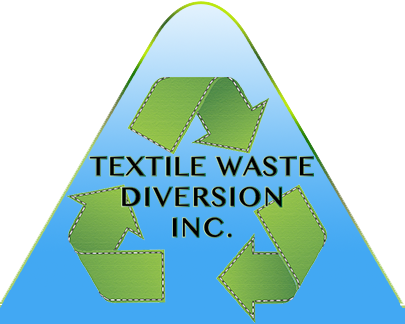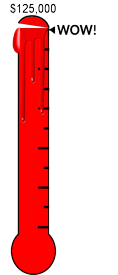
Thanks to your support in 2020, we were able to donate $125,000 to Canadian registered charities.
TWD Recycles The Socks Of The World
by Textile Waste Diversion Inc.
 One of the best parts of being a leading edge company in sustainability is the friendships we make. We are fortunate to connect and collaborate with many like minded companies dedicated to good environmental citizenship.
One of the best parts of being a leading edge company in sustainability is the friendships we make. We are fortunate to connect and collaborate with many like minded companies dedicated to good environmental citizenship.
Our new friends at Soxyy are a perfect example.
There is nothing cozier than fitting into the perfect pair of socks. From the way they feel on your skin, to how they fit in your shoe; be it a need for warmth or breathability, nothing beats the perfect pair.
Our friends at Soxyy make exceptional quality socks that not only offer the perfect fit, but also offer various styles to suit all tastes and needs. One of the unique things about Soxyy is their sock of the month program-you never get the same pair twice! Also, their unique styles are sure to get you noticed. And besides being a great company that has an amazing product, they are also socially responsible.
Soxyy is going the extra mile to not only raise awareness about the potential of textile waste recycling, they are also providing their customers a means to dispose of their used socks in a environmentally responsible manner. TWD is happy to help with this initiative.
Starting now, Soxyy customers can mail us the contents of their sock drawer, and we will promise to divert it from landfills. Instead, the socks will be reused or recycled depending on their quality. So committed is Soxyy to helping their clients be more sustainable, they are even offering their clients a discount to motivate them.
It takes 500 gallons of water to make socks. That’s equivalent to 100 water cooler jugs. Considering that 75% of textiles end up in landfills which are dangerously close to capacity, Soxyy is raising much needed awareness.
We are proud to offer their clients a sustainable solution, and proud to be partnered with such an amazing company.
Soxyy is a company you can feel great supporting. Happy sock shopping!
Together, we are creating a community driven, green future.
